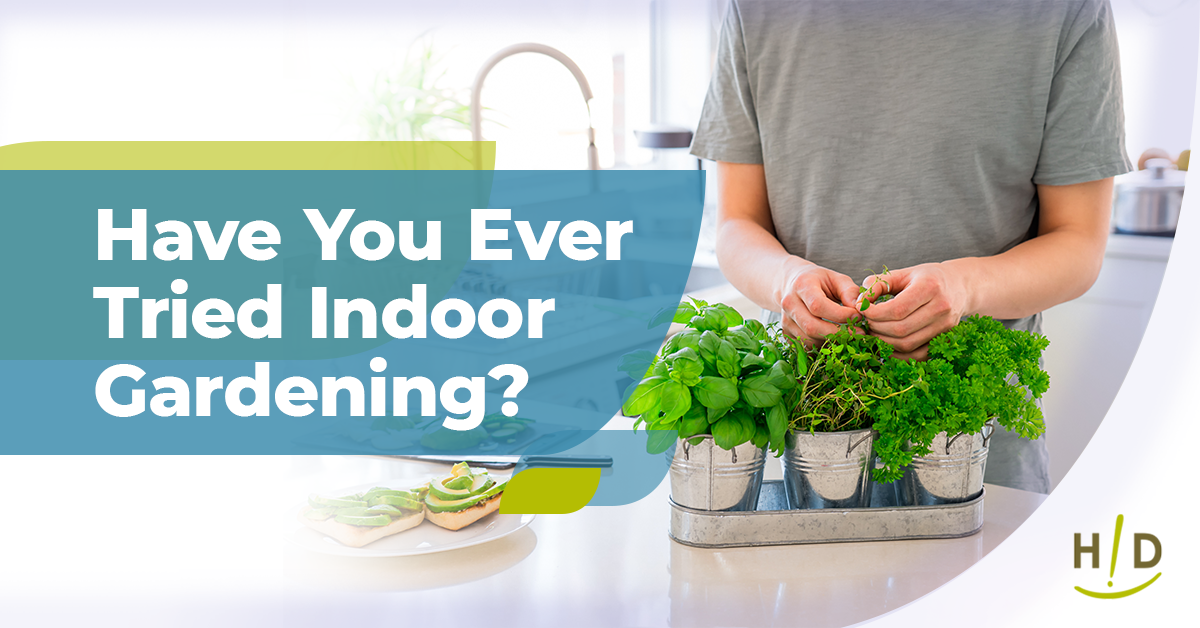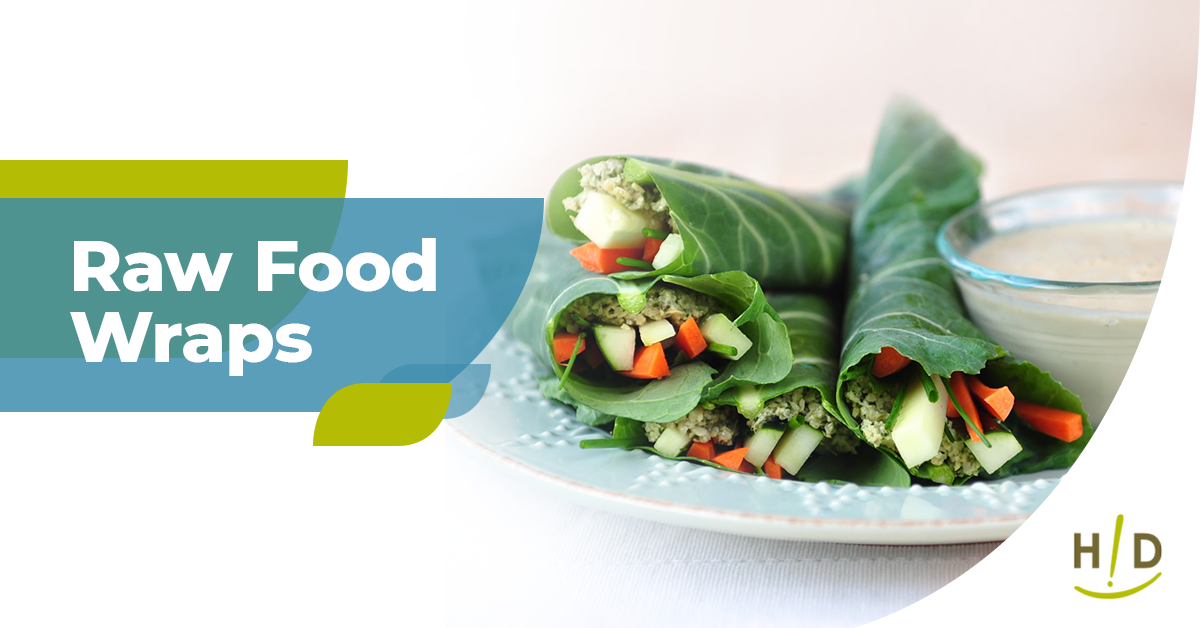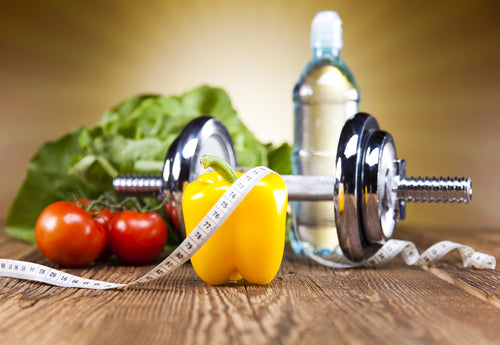The calendar says we are still in the middle of winter and most of the country would likely agree. Gardening season feels like its far away. But, what if you live in a place where gardening season comes late and leaves early? That might make it seem even harder to grow your own food.
While you may not be able to grow all of the food you need, hey, every little bit helps, right? There are many who live in a less conducive climate or a small apartment in a large city where sunlight and soil are scarce. Here are some great ideas that the urban gardener should be thinking about as Spring is just around the corner.
Some Foods Can Be Grown Indoors Year-Round
Sprouts | Whether you use a mason jar, a burlap bag or a pre-made sprouting container, sprouts are noted for increasing the vitamin and mineral content of a seed by over 300%. The conditions are always favorable to grow a sprout because it doesn’t require hours of sunlight to produce the results. Any seed from radish to broccoli can become a wonderful sprout that adds not only flavor but exceptional nutritional value to your smoothies, soups or salads.
Microgreens | These popular greens are showing up in your grocery stores and in Farmer’s Markets all over. They also come with a hefty price. Once you learn how easy they are to make, you will be saving money in your pocket and adding great nutrition to your daily diet.
Herbs | The nutritional value in herbs is unparalleled and may even be unknown. These century old plants have been used medicinally likely before they were used for flavor enhancement. The list of herbs is much longer than given below, but the most common ones are shown here.
|
Gardening year-round can be fun for the whole family. This is a wonderful way to set an example or create teaching moments with children who are eager to learn about nature, growth, and healthy living. Get kids involved with a regular watering schedule or let them choose a plant to grow on their own for some new responsibility.

Container Gardening Inside
Before you get started, here are a few tips that will be handy to keep in mind no matter what plants from the list you choose to grow.- All of these plants require well-draining soil, which means you will either need to use a pot with holes in the bottom or pile up some stones in the bottom of your pot before adding soil. If you choose to use a pot with holes in the bottom, be sure to put a shallow drainage container under the pot so the water doesn’t drain onto your floor, shelf, or windowsill.
- For each of these plants, you can purchase potting mix at a garden center or make your own. Each plant grows best in a slightly different soil environment, but general potting mix will help get you started.
- Many of these plants grow best in areas that receive lots of sunlight and remain fairly warm throughout the day. Sunny windows are extremely helpful for growing plants indoors. However, if you don’t have sunny windows (or if the area is a low temperature), grow lights will be your new best friend — they help maintain optimal light and temperature conditions for plants regardless of outside weather or indoor conditions.
|
As I researched for this blog, I was amazed at how easy it is to grow not only indoor veggies but also fruit as well. I never imagined growing my own lemons or mandarin oranges!
Pickling and Fermenting Your Own Foods
Whether you grow your own veggies or purchase them fresh, you can always pickle them and increase the probiotic value of them as well as create a great new flavor. Fermenting vegetables is easy and needs only a week, unlike the days where 6 weeks and a horrible smelling house were the mainstays for making sauerkraut. Check out the Vegetable Fermenting Kit by Perfect Pickler for a quick and easy way to ferment foods.
Paul and I travel an hour once a week to a Farmer’s Market that provides all of these exciting vegetables and fruits. However, this season, I am going to try to create some of our own gardening options so we can enjoy less time on the road and more time with our grandkids! You don’t need acres of land, long growing seasons or even a green thumb to enjoy fresh, organically grown vegetables and fruits. All you need is some ambition, soil and quality seeds. Water and sunshine too! So, make some time to search the internet and find out how to grow your own veggies inside of your home.
Sources: http://greatist.com/health/best-plants-to-grow-indoors http://www.minq.com/food/4177/20-edible-plants-that-are-easy-to-grow-indoors?story_page=12 https://themicrogardener.com/easy-guide-to-growing-microgreens/








